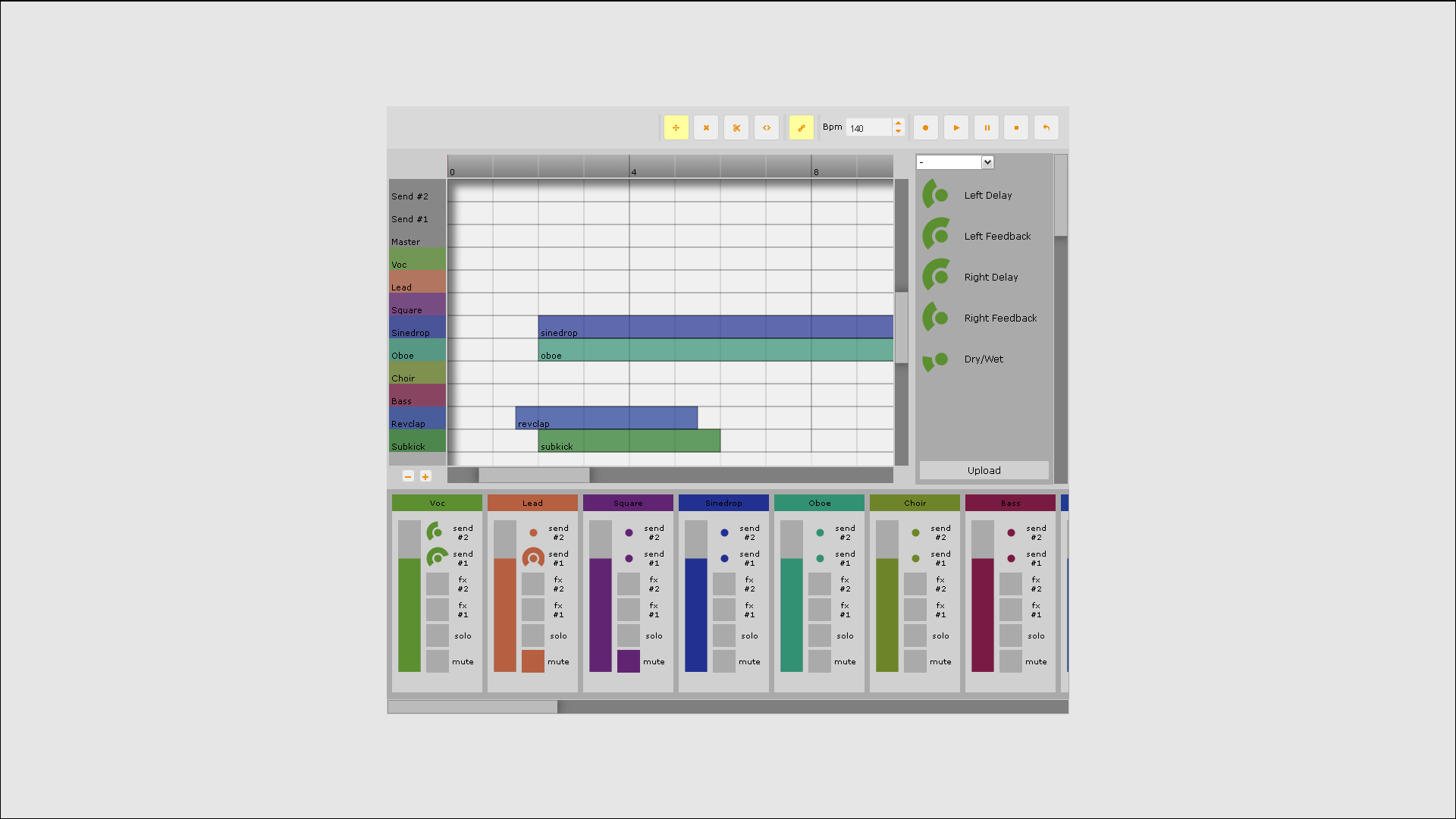A statistical examination of the predictive audio buffering algorhythm in case of musical content
Gabor Gerenyi
Overmind Ltd.
Performance parameters:
- Number of simultaneous channels
- Number of punch-in points
- Compressed/uncompressed
- Bit depth
- Sampling frequency
Theoretical maximum bandwidth of a full stereo project
- 96 channels
- 32 bit depth
- 192 kHz sampling frequency
- Uncompressed
96 x 4 x 2 x 192.000 = 147.456.000 byte/sec
- Punch-in points – can be anything between 1 and a few thousand
- Great help in saving bandwidth
- Great help in predicting and preparing content
Finding and prebuffering punch-in points in the future is a key element:
- saving resources
- making the system more reliable
- making the system more usable
Consumer streaming services:
- Soundcloud
- YouTube
- Vimeo
- TikTok
Linear time model…
- starts from the very first punch-in point
- buffering a fixed sized frame consecutively
Pro-grade application streaming
- Many streams at the same time (channels)
- Non-linear time model
- Reading ahead in time with jumps to future punch-in points
Multiple buffers are preloaded with the next available punch-in point data...
Musical audio content
- High number of used channels
- Relatively small number of channels at the same time
Many versions of the same musical line
Same instrument needs different effects
Anyway, high channel number would be very confusing musically
Prebuffering strategies
- Absolute
- Time-frame limited
- No-buffering – not a real option
Buffering cycles are easy to track on the next slide
Thank you!
Gabor Gerenyi
Overmidi Ltd






